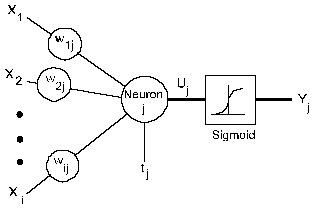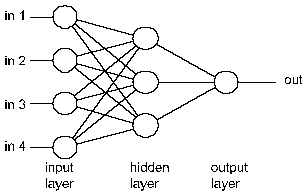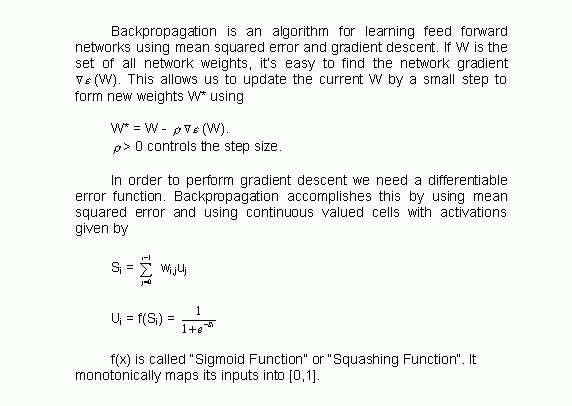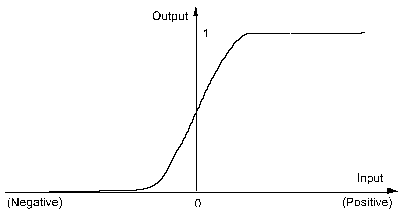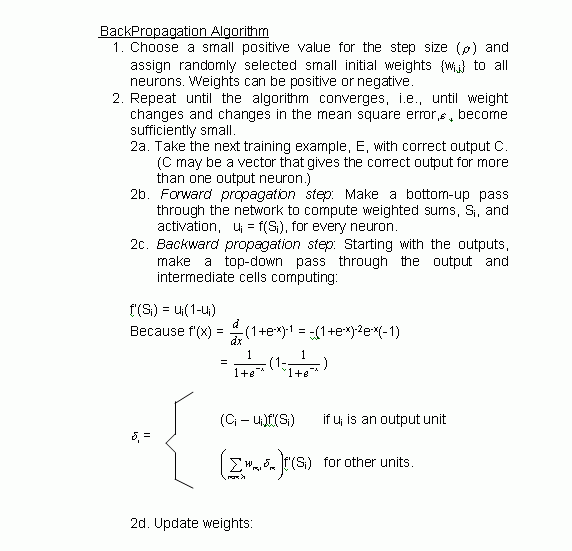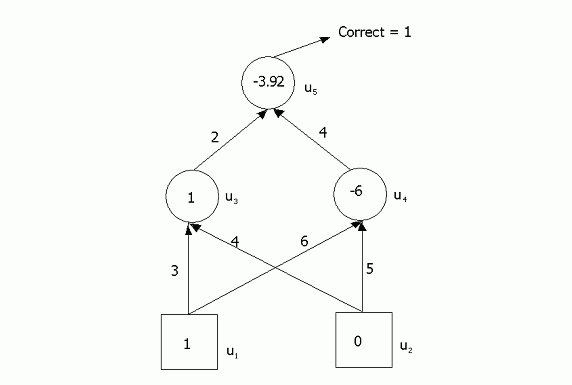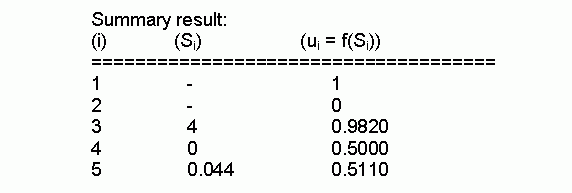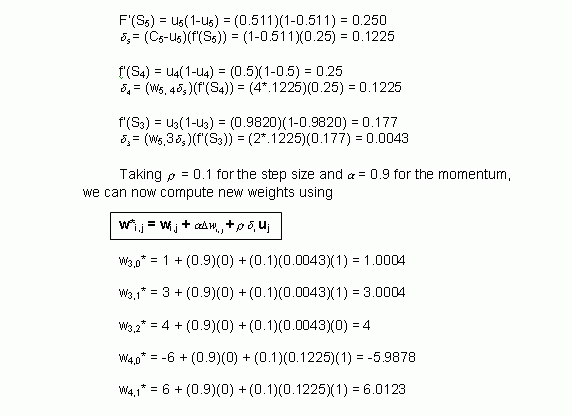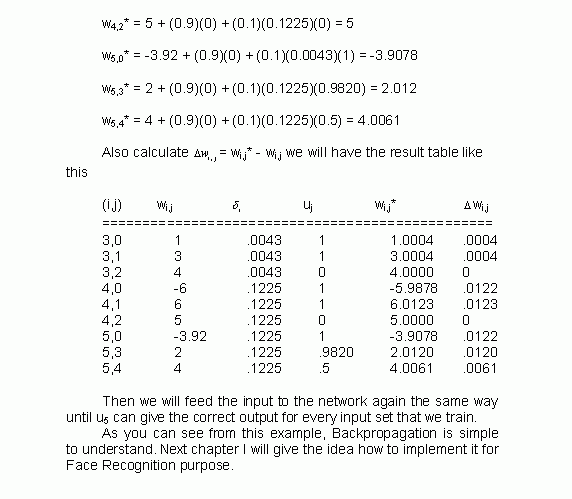  |
|
Contents
1. Neural Network Background 1.1
What is Neural Network A biological neuron works by receiving electric signals from other neurons through connections called synapses. If the combination of these signals is higher than a threshold value, it will send a signal on to other neurons connected to it. There are approximately one hundred billion neurons each connected to as many as one thousand others the human brain. When a human learns, the threshold value in each neuron is adjusted. Neural networks are models of biological structures. A model neuron consists of multiple inputs and a single out put. Each input is modified a weight, which multiplies with the input value. The neuron will combine these weighted inputs and use these to determine its output.
Artificial
Neural Network (ANN) or simply called Neural Network is good for recognizing
the pattern. For example, hand writing recognition. First, we train
the network to recognize character "A". Assume that "A"
is translated to binary code "1000". For input, let's say
we have 16 inputs. When we train the network, we feed many hand-written
"A" that translated to 16-bit binary (e.g. 1010101001001000)
to the network and tell it the output as "1000". This process
is called "Training Process". While training, each neuron
in the network will be adjusted its weight value. Until the network
can give us the correct answer for all "A" that we feed,
the training process is done. When there is a new hand-written "A"
feed into the network, if it looks similar to one of the trained "A",
the network will give the correct output. There
are many kinds of algorithm in neural networks. The most popular one
is BackPropagation. For my project, I applied this concept to use
it for face identification application program. 1.2 BackPropagation
Now
I will show the algorithm of this network and then I will give an
example how this network operates.
1.3 An Example of BackPropagation
This
example has 2 input neurons, 2 hidden neurons and 1 output neuron.
Suppose the next training example has inputs and desired output of
Copyright 2003. All Rights Reserved. |
